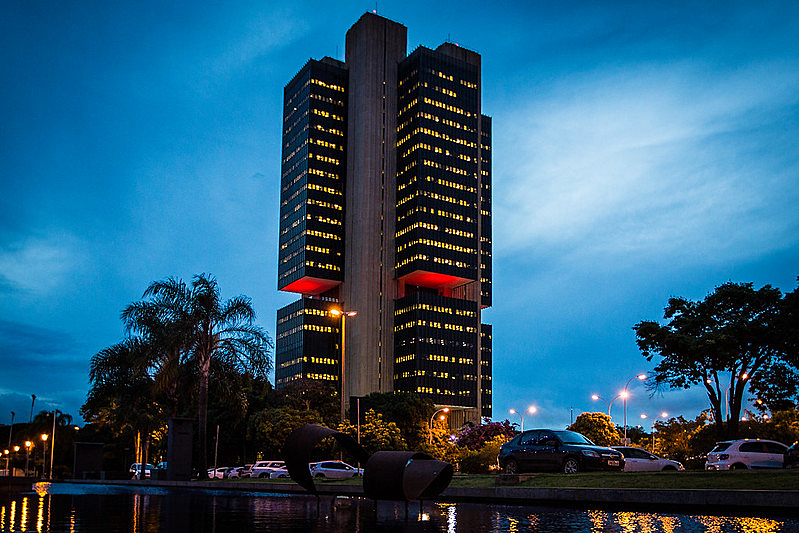RIO DE JANEIRO, BRAZIL – The Central Bank’s Monetary Policy Committee (Copom) announced on Wednesday, 27, a more aggressive increase in the basic interest rate (SELIC), which goes from 6.25% to 7.75% per year, increasing 1.5 percentage points, reaching the highest level in four years.
The market was already forecasting a hike, but there were still doubts about the level that would be set, given the fiscal risks and the persistent increase in inflation. In general, estimates ranged from a one percentage point hike, signaled in the latest Copom minutes, to a 1.5 percentage points increase.

The Central Bank has not raised interest rates by 1.5 percentage points since 2002.
“At this moment, the basic scenario and Copom’s balance of risks indicate that it is appropriate for the monetary tightening cycle to advance further into contractionary territory,” says a statement from Copom. For the next meeting, “the Committee foresees another adjustment of the same magnitude.”
The increase of 1.5% takes place amid a troubled fiscal scenario, with expectations that the constitutional spending ceiling will be punctured to accommodate the new Brazil Aid.
The possibility that the government will disrespect the budgetary rule that limits spending increases to the previous year’s inflation has been repeated by President Jair Bolsonaro and the Minister of Economy, Paulo Guedes.
The risk has caused economists to revise their estimates to a hike above one percentage point in recent days. According to the latest Focus bulletin, the market forecast is that the Selic will end the year at 8.75% and reach 9.25% by the end of 2022. At the beginning of the Bolsonaro administration, the interest rate was 6.5% per year.
In addition, inflation continues to rise. The Brazilian Institute of Geography and Statistics (IBGE) released on Tuesday, October 26, the Broad National Consumer Price Index 15 (IPCA-15), with an increase of 1.2% compared to September this year.
It was the highest variation for the month since 1995 (1.34%) and the highest monthly variation since February 2016 (1.42%).
“Despite the more positive performance of the public accounts, the Committee assesses that recent questions regarding the fiscal framework have raised the risk of unanchoring inflation expectations, increasing the upside asymmetry in the balance of risks. This implies a higher probability of higher than projected inflation trajectories according to the baseline scenario,” says the statement.
According to the most recent Focus bulletin, inflation should reach 8.96% this year and 4.40% next year. The inflation target for 2021 is 3.75%, with a tolerance interval of 1.5 percentage points above (5.25%) and below (2.25%). Still, the Central Bank has admitted that the probability of exceeding the target has been almost 100% since September.
In the communiqué, Copom states that “consumer inflation remains high”. The rise in prices is much higher than expected, led by the most volatile components including food and other basics.

